
views
The amount of time you have to leave will depend on the hazard. If the event is a weather condition, such as a hurricane that can be monitored, you might have a day or two to get ready. However, many disasters allow no time for people to gather even the most basic necessities, which is why planning ahead is essential.
Before the Evacuation

Know how your community is prepared to respond to emergencies. Ask local authorities about evacuation routes and if your community has disaster/emergency plans. Ask for a hard copy of the plan and also inquire how often the plan is updated, what hazards it covers, and any other details you may think of.
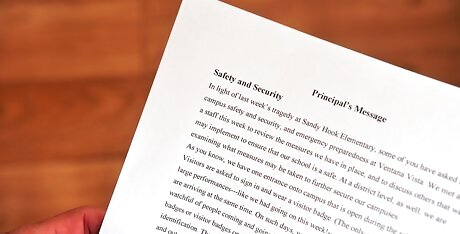
Find out what plans are in place for your workplace and your children's school or daycare center. Discuss with your employer and school and/or daycare center the policies regarding disasters and emergencies, such as how warning information will be provided and disaster procedures followed. Know the following about your children's school emergency plans: how the school will communicate during a crisis; if the school has adequate food, water, and other basic supplies; if the school is prepared to shelter-in-place if need be and where they plan to go if they must get away.
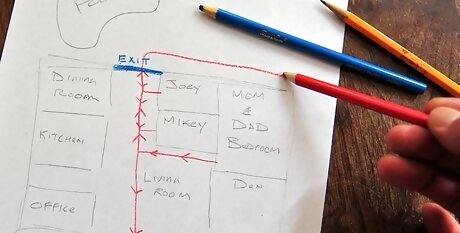
Establish escape routes. Draw a floor plan of your home. Use a blank sheet of paper for each floor. Mark two escape routes from each room. Make sure children understand the drawings. Post a copy of the drawings at eye level in each child's room. Establish a place to meet in the event of an emergency, such as a fire.
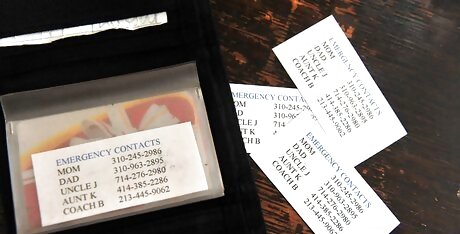
Plan how each family member will contact one another if they are not together when disaster strikes. Complete a contact card for each family member and have family members keep these cards handy in a wallet, purse, backpack, etc. You may want to send one to school with each child to keep on file. Pick a friend or relative who lives out-of-state for household members to notify they are safe.
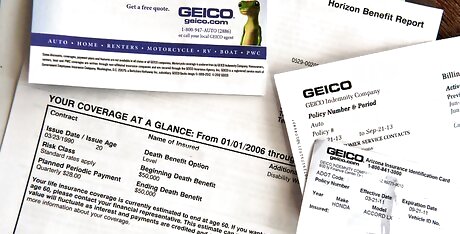
Obtain property, health, and life insurance if you do not have them and feel they are necessary. Review existing policies for the amount and extent of coverage to ensure that what you have in place is what is required for you and your family for all possible hazards. Consider purchasing insurance specifically for certain disasters such as flooding, hurricanes, or tornadoes. Make a record of your personal property, for insurance purposes. Take photos or a video of the interior and exterior of your home. Include personal belongings in your inventory.
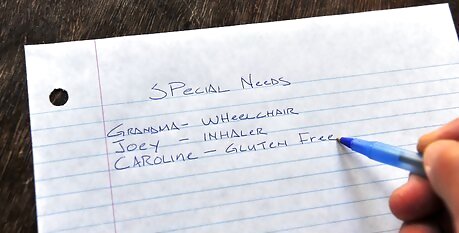
Be aware of the types of special assistance family members may need. The hearing impaired will need special arrangements to receive warnings; the mobility impaired may require special assistance to reach shelter; and people with certain dietary needs must have appropriate food supplies. Create a network of neighbors, relatives, friends, and coworkers to aid you in an emergency. Discuss your needs and make sure everyone knows how to operate necessary equipment. If you live in an apartment building, ask the management to mark accessible exits clearly and to make arrangements to help you leave the building. Keep specialized items ready, including extra wheelchair batteries, oxygen, catheters, medication, food for service animals, and any other items you might need. Be sure to make provisions for medications that require refrigeration and keep a list of the type and model numbers of the medical devices anyone requires.

Plan for pet disaster needs by identifying shelter; gathering pet supplies; ensuring your pet has proper ID and up-to-date veterinarian records; and providing a pet carrier and leash. With the exception of service animals, pets are not typically permitted in emergency shelters as they may affect the health and safety of other occupants. Find out which local hotels and motels allow pets and where pet boarding facilities are located. Be sure to research some outside your local area in case local facilities close. For more advice and information, call your local emergency management office, animal shelter, or animal control office.

Create a family disaster plan. To begin this process, gather all family members and review the information you gained about local emergency plans and warning systems. Your family plan should address how the previous steps will be addressed in case of a disaster.
Day of Evacuation
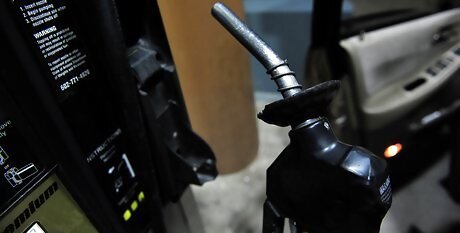
Keep a full tank of gas in your car if an evacuation seems likely (e.g. encroaching hurricane, rumbling volcano, tornado season). Gas stations may be closed during emergencies and unable to pump gas during power outages. Plan to take one car per family to reduce congestion and delay. If you do not own a car, make transportation arrangements with friends, your local government, or community members.
Gather important medications and supplies as you evacuate. If a family member has a chronic medical condition that requires medication, make sure to bring their medicine and prescription information with you when you evacuate. In addition, grab all of the emergency supplies for your evacuation, including first aid items, food, and water. In order to acquire refills of important medication, identify a pharmacy in the area where you are evacuating and confirm that it's open.
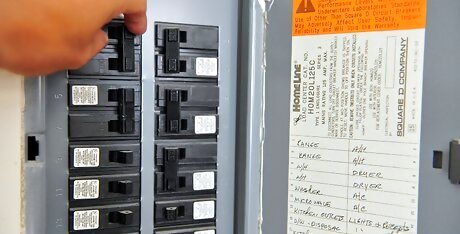
Shut off all utilities if you have enough time before evacuating. Natural gas leaks and explosions are responsible for a significant number of fires following disasters. It is vital that all household members know how to shut off natural gas. Because there are different gas shut-off procedures for different gas meter configurations, contact your local gas company for guidance on preparation and response regarding gas appliances and gas service to your home. Water becomes a vital resource during a disaster, so it is important to locate the cut-off valve outside the house and turn it off. Electrical sparks can ignite natural gas leaks, so make sure everyone knows how to shut off the electricity.

Listen to a battery-powered radio and follow local evacuation instructions. Gather your family and leave if you are instructed to evacuate immediately. Leave early enough to avoid being trapped by severe weather. Follow recommended evacuation routes and do not take shortcuts as they may be blocked.



















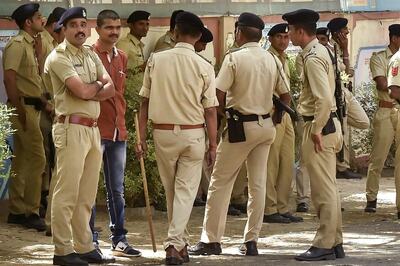
Comments
0 comment